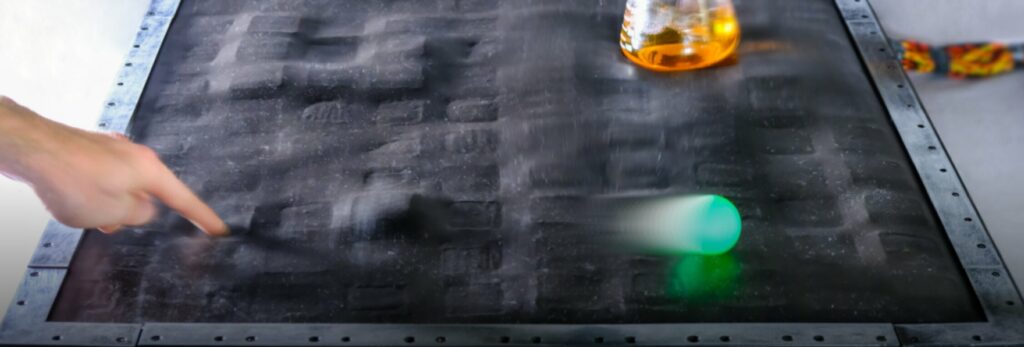Engineers at the University of Colorado Boulder have developed the game-changing 3D display, merging tactile sensations with digital experiences and redefining interactivity.

Envision an iPad, but elevated beyond the ordinary – a surface capable of morphing and deformation, enabling the creation of 3D designs, haikus that leap off the screen, and the tangible sensation of holding your partner’s hand from miles away.
Engineers from the University of Colorado Boulder have developed a unique shape-shifting display. The study describes a device fitting a card table crafted from a 10×10 grid of soft robotic “muscles.” These muscles respond to external pressure and rise to form patterns, displaying capabilities ranging from generating scrolling text to agitating a chemistry beaker filled with liquid.
Building on the foundation of soft robotics initiated by a team has introduced the Hydraulically Amplified Self-Healing ELectrostatic (HASEL) actuators. While the prototype display is still in the development phase and not market-ready, the team foresees its potential application in areas such as sensory gloves for immersive gaming experiences or innovative conveyor belts capable of distinguishing and sorting items like apples from bananas.
Playing the accordion
The design resembles a Scrabble board in size and layout, consisting of a grid of 100 squares. Each square is an individual HASEL actuator: miniature accordion-shaped plastic pouches filled with fluid. Electrifying them causes fluid movement within, making the accordion structures bulge and rise. Furthermore, these actuators have soft, magnetic sensors that respond to touch. With the magnet-based sensors, a magnetic wand can be used to sketch on the display’s surface.
Hear that?
The team is now on a quest to miniaturize the actuators, aiming to enhance the display’s resolution akin to adding more pixels to a computer monitor. The researchers envision a future where an article could be transformed into Braille directly on the phone screen. The researchers are also venturing into reversing the display configuration, leading to the potential design of a glove that simulates tactile sensations, making the virtual world tangible. Furthermore, the team highlights a distinct feature of the display: its near-silent operation, as the actuators produce minimal noise.
Reference: B. K. Johnson et al, A multifunctional soft robotic shape display with high-speed actuation, sensing, and control, Nature Communications (2023). DOI: 10.1038/s41467-023-39842-2





